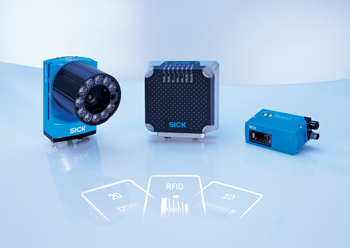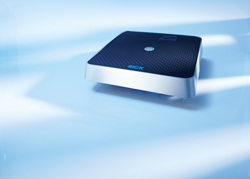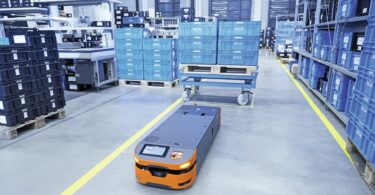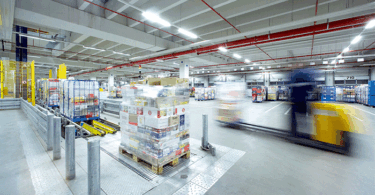 Barcodes and barcode scanners were originally developed and implemented to improve processes, but they have now become an integral way for businesses to ensure quality, improve efficiency and manage inventory. In case you missed it, check out our previous post on the history of barcodes.
Barcodes and barcode scanners were originally developed and implemented to improve processes, but they have now become an integral way for businesses to ensure quality, improve efficiency and manage inventory. In case you missed it, check out our previous post on the history of barcodes.
Still, there are many more exciting possibilities in the future of barcodes, including increased use of 2D barcodes and an emerging track and trace technology: RFID.
Increased Use of 2D Barcodes
2D barcodes can hold much more information than traditional 1D barcodes, allowing for many expanded applications of the technology.
The food industry is one place we can already see 2D barcodes in action today. For example, one manufacturer of packaged food products has been using 2D barcodes to track expiration dates on their products and ensure that no expired products end up on store shelves.
Another company in the snack food segment is embedding information about where the particular contents are from to more quickly identify defective or contaminated products in case of a recall. We can expect to see this use of 2D barcodes increase and expand to other brands and industries.
The Future of RFID
RFID is another track and trace technology that will continue to grain traction over the years. In 2005, SICK developed its first RFID reader, which identifies objects without any visual contact between the reader and the object. This means that RFID can identify the items in a bin without opening a container and scanning the contents individually.
 The RFU630, for example, is an ultra-high frequency (UHF) RFID read/write device that is ideal for tracking automotive body parts, identifying bins and trays in distributions centers, and ensuring quality in clinical analyzers. Another benefit that is gaining significance is the ability to get position information. This is beneficial because the more information that can be obtained through RFID, the higher the potential return on investment.
The RFU630, for example, is an ultra-high frequency (UHF) RFID read/write device that is ideal for tracking automotive body parts, identifying bins and trays in distributions centers, and ensuring quality in clinical analyzers. Another benefit that is gaining significance is the ability to get position information. This is beneficial because the more information that can be obtained through RFID, the higher the potential return on investment.
Looking Ahead
The possibilities of RFID are promising, but there is still a long way to go. As with any technology, improvements are imminent. The cost of the tags for example will evolve, and as the prices come down the number of applications for the technology will increase.
Furthermore, as we have seen with other technologies as the amount of data increases, so does the potential return on investment for the user. So even if the costs of RFID did not change much over time, the increased amount of data possible from the RFID system would still make it more viable.
 Future of Barcodes
Future of Barcodes
For more about the history of barcodes, check out the infographic The History of Barcodes: Ringing Up Sales Past, Present, and Future. Or watch the following video to learn more about Automatic Identification Solutions from SICK.
And be sure to let us know of any unique ways that you’ve seen barcodes used in your industry!





